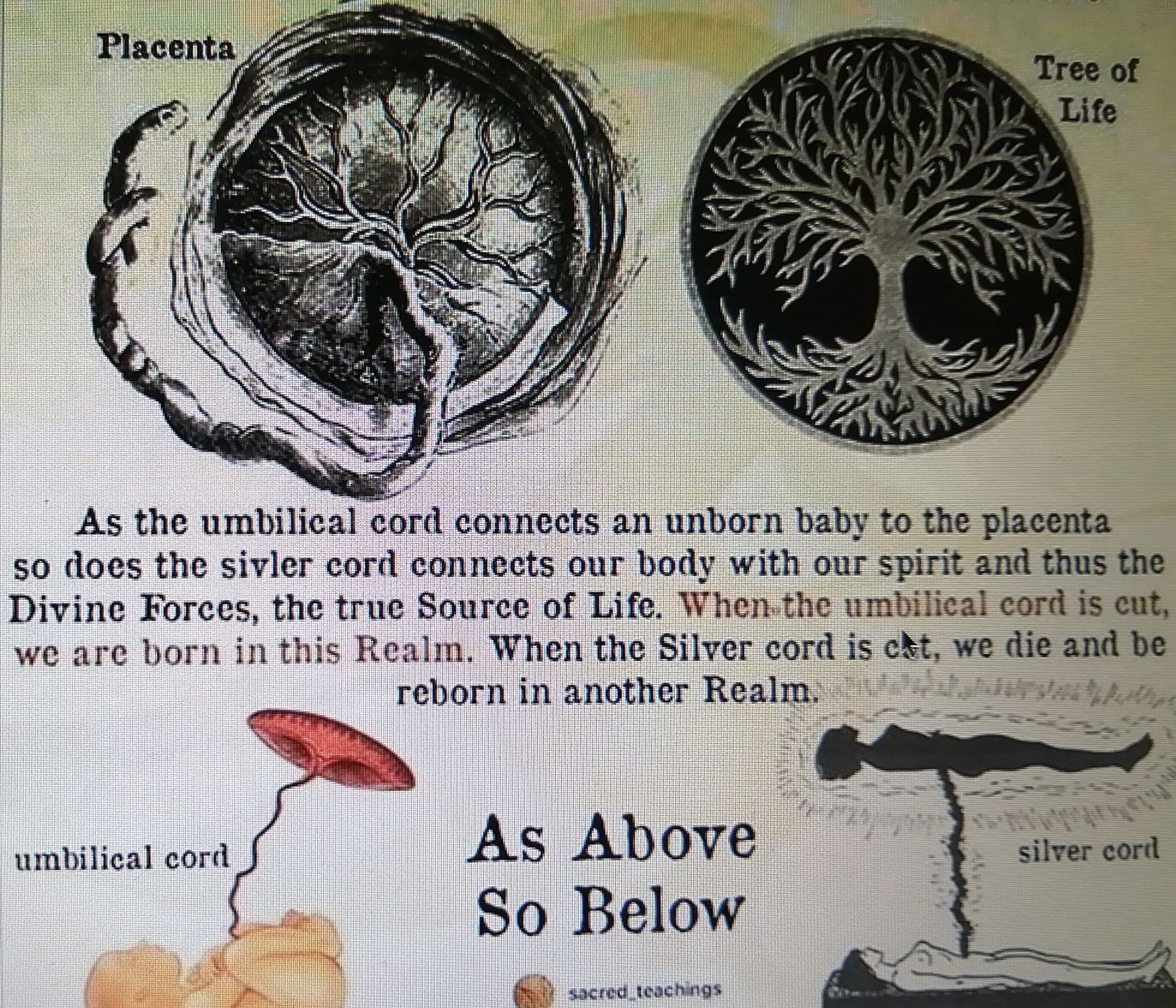
A clootie, cloutie is from a Scottish name for a piece of cloth, leather, a patch, an item of clothing. It also refers to fabric used in the patching of clothes and the making of clootie mats called proddy rigs. The name comes from the cloth that dumplings or puddings is cooked in. Preferably a large piece of white cotton, linen or muslin.
Clootie dumplings gained their name from the method of cooking where they are boiled in a cloot. Unlike the Christmas pudding the clootie dumpling is more plain, not as rich and share a common origin. An uncut clootie can be stored for about two months. A silver sixpence was placed into the pudding mix and every member of the household gave the mix a stir. Whilst stirring made a wish, a prayer, an aspiration or intent. Whoever found the sixpence in their own piece of the pudding on Christmas day would see it as a sign that they would enjoy wealth and good luck in the coming year.
Stirring the mixture clockwise has special significance. Stirring from East to West, clockwise is a homage to the journey made by the wise men. The Christmas pudding would traditionally contain thirteen ingredients to represent Jesus and the twelve disciples. Some of the ingredients are black treacle, golden syrup, dark brown sugar, oatmeal, cinnamon, milk, self raising flour, ginger, suet.
The Clootie well has pre Christian roots and many still exist in Scotland, Ireland, Cornwall, Siberia the Shaman trees of the Evenki people. Tibetan prayer flags traditionally hung on a Wednesday. France, Paris the Pont des Arts hang love locks a modern day rendition. The cloots of the clootie well are scraps of cloth hung from trees surrounding a sacred well or spring. These sources of clean water have been places of healing for millenia. The ancient Celtic beliefs i spirits and nature was re appropriated, absorbed by the churches. Sprites and local gods replaced by saints.
Traditionally the well would be visited at special times of the year like Beltane, May day festival of Spring or when someone required a cure for an illness, a good harvest, relief from an affliction, love interests. The cloth was dipped in the well and the person washed or example the body part then attached the clootie to the tree or bush as they made their intent, wish, prayer. The intent being as the clootie rotted away, faded so did their affliction. A Spell binding Practice. In child birth metaphysical practices some women retain and plant the placenta in a sacred place, some have their placenta dried out and is eaten afterwards.
In 1581 an act of parliament in Scotland outlawed pilgrims visiting the wells. so the practice diminished some what. 1769 Thomas Pennant recorded how he saw many places tapestried with rags. 1869 in the book of days Robert Chambers his sightings. The practice still continues, despite the rise in synthetic fabrics and cheap sweat shop productions which do not rot as natural fibers being used; Authorities do not remove the clootie as it is viewed as bad luck. The forestry commission in UK recommends wool or cotton cloots.
Original picture supplied by Mehregan Didier Hassansin
corlunas.zen@gmail.com
LinkedIn: Didi Yvonne Moonflower Thompson
Facebook: Yvonne Moonflower Thompson
Instagram: moonflower.divine(Alchemist Apothecary)